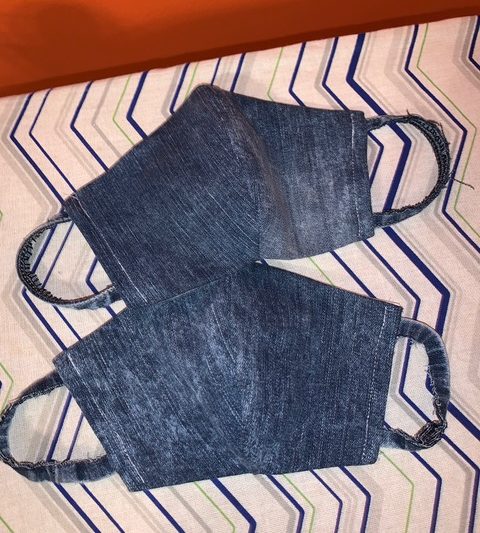UT Student Demonstrates How To DIY Your Own Protective Mask
By Ashleigh Osburn
Photography By Jeannelle Romero
Reporting Texas

Jeannelle Romero’s homemade masks
AUSTIN – Jeannelle Romero began to make masks for her family and friends right before COVID-19.
“So, when I made one, I felt like my parents really liked it,” said Romero. “There wasn’t really a demand for it yet.”
When there became a high demand for masks, Romero was unable to find the fabric she needed.
“They’re actually running low on a lot of basic supplies,” said Romero. “Everyone’s making masks for themselves.”
Romero is Vice President of the University Fashion Group and hosted an Instagram Live demonstrating how to create your own protective mask.
“I prepared for it in a way that I tried to find a method that worked without sewing that someone could use,” said Romero.
Romero makes her masks out of tightly woven cotton fabric and old t-shirts. With cotton, it becomes easy to sterilize and clean after using.
Dr. Nishi Viswanathan said that wearing a mask will keep you from touching your face and help protect you from others that may not be showing symptoms.
“If the mask doesn’t fit very well,” said Dr. Viswanathan. “Then you are actually more likely to touch your face more often, so make sure the mask extends all the way to the top of the nose and at the bottom of the chin and sits on the bridge of the nose pretty firmly.”
The CDC recommends cloth masks should not be placed on children under the age of two or on anyone who has breathing troubles.
A homemade mask does not have the same protection as an N95 mask. However, some people say if you use the right material and plenty of it, your homemade mask can come close to a surgical mask.
“It’s recommended that healthcare workers definitely stick to the N95,” said Dr. Viswanathan. “There’s no substitute for that.”